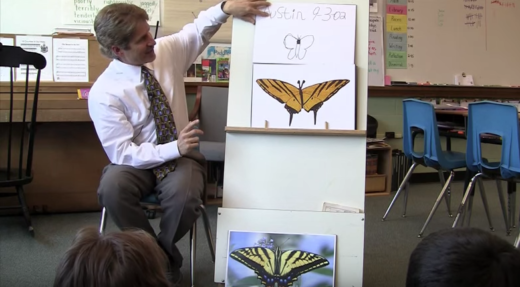Too often, when students produce school work, they turn it into a teacher for a grade and move on. And after the teacher spends time evaluating the student's work, many students never look at the feedback, a cycle that frustrates both parties and isn't the most effective way to learn.
Several schools are trying a different model -- one that takes more time but also helps students feel more ownership over the quality of their work. Called peer critique, students follow clear protocols that remind them to "be kind, be specific, and be helpful" in the feedback they give to peers.
In the Edutopia video shown below about Two Rivers Charter School in Washington, D.C., students explain how through a process of revisions, they can feel proud about gradually producing high quality work. And, since students start doing the peer critique protocol in preschool, the school has built up a culture infused with a growth mindset. Students are constantly experiencing that they can learn from other people's work and that work can always be better.
"You're basically changing the idea of what it means to 'be done,' " said Jessica Wodatch, executive director of Two Rivers Charter School.
Teachers at the school engage in the same kind of critique with their colleagues that they expect students to do in the classroom. A group of teachers focuses on student work as a way to determine how well students are grasping the material and where instruction could go next.
The culture of the staff is one that values feedback and continual improvement, and the protocols that guide meetings help ensure that the time is used usefully and that the instructional feedback is not judgmental.
Often times teachers and parents underestimate the capacity young children have to absorb and use constructive critique. This helpful video from EL Education shows how careful questioning, ground rules and a culture focused on improvement can help students to create beautiful work, often surpassing what adults may expect.


